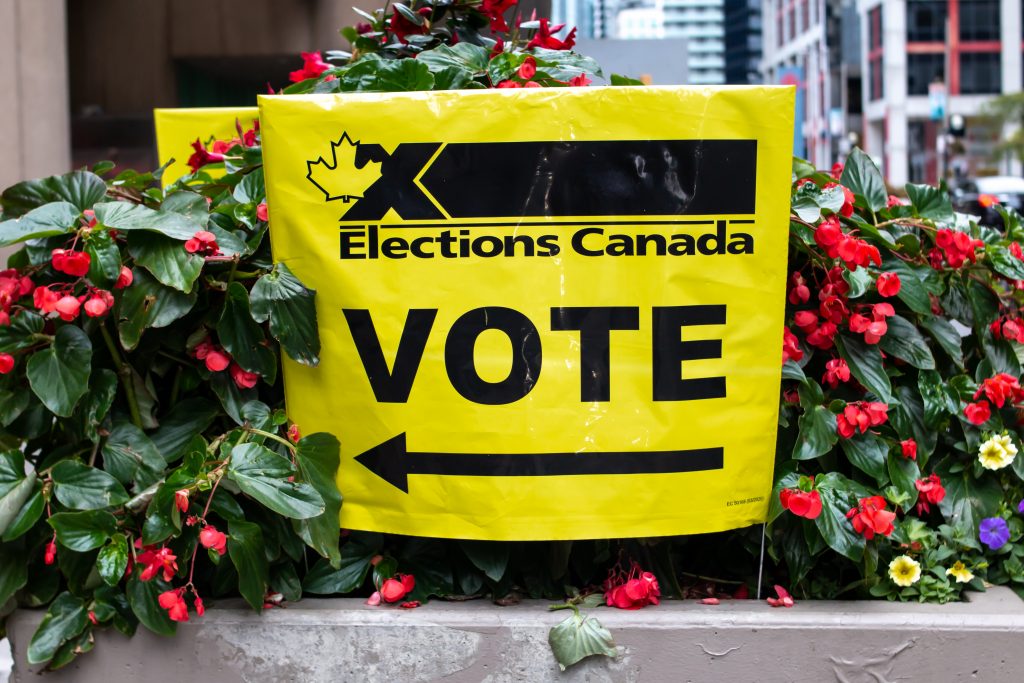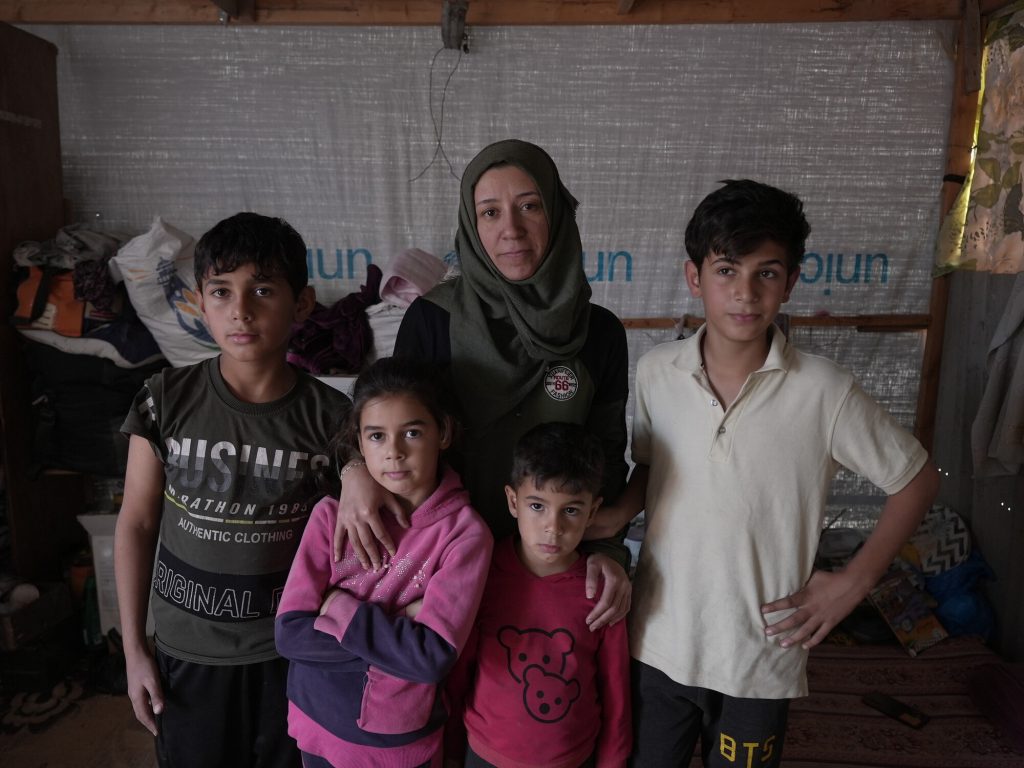Can we really save only half of all people on the planet? Without a gender focus, climate solutions are bound to fail
After experiencing five consecutive rainy seasons, East Africa is facing its most severe drought in 40 years, and it's only worsening. Over 20 million people are facing severe food insecurity, while over 16 million are grappling with alarming water shortages for cooking and drinking.
The drought in East Africa exemplifies how the climate crisis affects communities that have contributed the least.
And it's just happening in Africa. Let's take Pakistan, for instance. Last year, the country endured devastating floods that submerged a third of its territory, displacing 33 million people and destroying two million homes and 90 per cent of crops. It was the women who suffered the most.
In the ensuing havoc, maternal healthcare was swept away, too. Women went unsupported for miscarriages, anxieties, and trauma. They lost access to basic sanitation. Gender-based violence increased while the burden of unpaid care work and household chores intensified.
Women farmers in low- and middle-income countries produce between 40 to 80 per cent of our food. However, the impacts of climate change are making traditional food sources scarcer, leading to a loss of income for women who depend heavily on agriculture for their livelihood.
Climate-induced disasters do not affect everyone in the same way. Poor people are particularly vulnerable and suffer more significant losses. According to the IUCN, women and children are 14 times more likely to die than men. Women and girls, often the primary care providers in households, have less access to resources and are excluded from key decision-making processes.
The resources required to tackle this gendered inequality are not moving in the right direction. To date, most climate action projects fail to prioritize the specific needs of women and girls.
Oxfam's "Climate Finance Shadow Report 2023" estimates that only one-third of international climate finance flowing into low- and middle-income countries have gender equality outcomes reflected in their design.
Only 2.9 per cent of this funding went into projects where gender equality was actually the principal objective.
Women's organizations at the grassroots level are not receiving enough climate finance support from donors, multilateral development banks, and UN agencies despite their public endorsement of locally-led climate action — this lack of attention towards women's important role in addressing climate change damages all of us.
Women's rights organizations in low-income countries have already devised many solutions to tackle the climate crisis. They hold the power to implement these solutions and overcome the challenges, but they need more support from the global community.
These women, who have mobilized as part of local community action, have the lived experience of what works and the ingenuity, commitment, and resolve to make change happen. What they solely and scandalously lack at the moment is the power and resources to do so.
Putting women's rights and gender equality at the heart of our climate interventions will not only make them more equitable and lasting but also more successful. Climate adaptation and mitigation efforts should focus on addressing the gender-specific impacts of climate change.
We have ignored and disparaged half of the world's population for far too long.
Governments, civil society and businesses need to recognize women's significant contribution in coping with climate disasters — be they as care workers, farmers, migrants, land defenders or advocates against gender-based violence. Women need to be at the centre of all adaptation and mitigation efforts because these initiatives will fail otherwise.
Donors can take a relatively easy and transformational step by directing climate financing to women to tackle the harms caused by the relationship between global gender inequality and climate change.
Dana Stefov is a Women’s Rights Policy and Advocacy specialist at Oxfam Canada.

